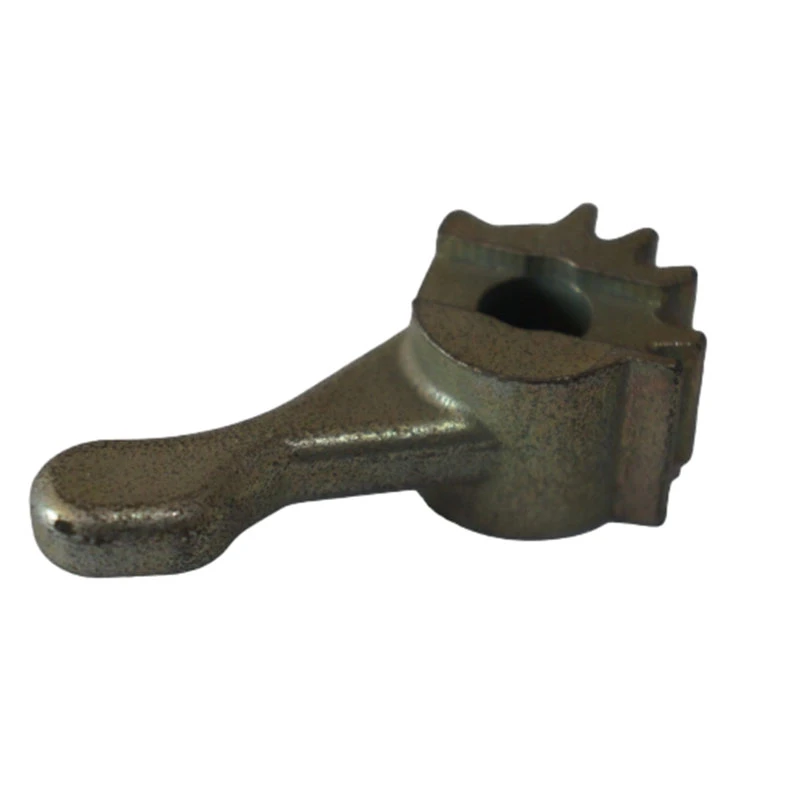types of sand casting
Types of Sand Casting
Sand casting is one of the oldest and most widely used metal forming processes, allowing manufacturers to create complex shapes and components. It involves the creation of a mold from sand, into which molten metal is poured and allowed to solidify. The versatility and cost-effectiveness of sand casting make it suitable for various applications, from automotive parts to artistic sculptures. There are several types of sand casting techniques, each with its unique characteristics, advantages, and applications.
1. Green Sand Casting
Green sand casting is the most common type of sand casting process. It uses a mixture of sand, clay, and water to form the mold. The term green refers to the moisture content in the sand, not the color. The sand mixture is packed around a pattern, which is then removed, leaving a mold cavity. This method is favored for its cost-effectiveness and ability to produce intricate designs. Green sand casting is often used for producing large quantities of parts, such as engine blocks and brackets. However, its limitations include a relatively low dimensional accuracy and surface finish compared to other methods.
2
. Dry Sand CastingDry sand casting employs a sand mixture that needs to be dried after forming the mold. This process allows the mold to have better strength and durability, resulting in improved dimensional accuracy and a smoother finish for cast components. The mold is typically hardened by baking it in an oven before pouring the molten metal. Dry sand casting is ideal for producing larger or more intricate parts, especially in applications requiring high precision, like aerospace and high-performance automotive components.
3. Further variations of sand casting
types of sand casting

In addition to green and dry sand casting, there are specialized variations of sand casting that address specific manufacturing needs. Among these, Resin Sand Casting stands out. This method incorporates a resin binder to solidify the sand, providing excellent dimensional accuracy and surface finish. The resin is usually thermosetting, enhancing the mold’s strength and durability. This type is common in the production of parts that demand high precision and intricate designs, such as components in the electronics and aerospace industries.
Another variation is Shell Mold Casting, which uses a thin layer of sand and resin to create a shell around a pattern. This technique offers superior dimensional accuracy and surface finish due to the thin shell. It's particularly effective for medium and high volume production runs, making it suitable for parts that may require secondary machining.
4. Metal-Die Casting
While not strictly a sand casting method, it’s worth noting Metal-Die Casting, which utilizes metal molds instead of sand to create components with high precision and better surface finishes. This method is particularly advantageous when producing large quantities of sturdy components, though the initial setup costs can be higher than those of sand casting processes.
Conclusion
The various types of sand casting techniques each offer unique benefits that cater to different manufacturing needs. From the cost-effective green sand casting to the precision of dry sand casting and the advancements offered by resin sand and shell mold casting, manufacturers can choose the most appropriate method based on their production requirements. Understanding these techniques, and their respective advantages, allows industries to optimize their casting processes for better efficiency and product quality. Whether for mass production or intricate designs, sand casting remains a vital and versatile method in the manufacturing landscape.
-
crawler mounted drill rig-Baoding Hairun Machinery And Equipment Trading Co., Ltd.|Underground Drilling Solutions, Confined Space EfficiencyNewsAug.16,2025
-
Custom OEM Couplings | Precision Machining & ManufacturingNewsAug.16,2025
-
Advanced Drilling Solutions for Confined Spaces - Baoding Hairun Machinery | Crawler Mounted Drill Rig&Confined Space ApplicationsNewsAug.16,2025
-
Drill For Confined Spaces-Crawler Drill Rig for Mining Applications|Baoding Hairun Machinery And Equipment Trading Co., Ltd.NewsAug.16,2025
-
Crawler Mounted Drill Rig-Baoding Hairun Machinery And Equipment Trading Co., Ltd.|Compressed Air Power&Frame SupportNewsAug.15,2025
-
Crawler Drilling Rig - Baoding Hairun|Confined Space Drilling&Mine SafetyNewsAug.15,2025















